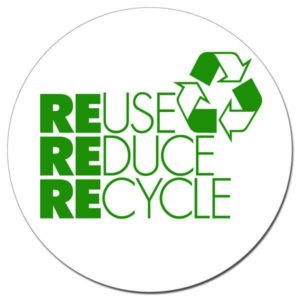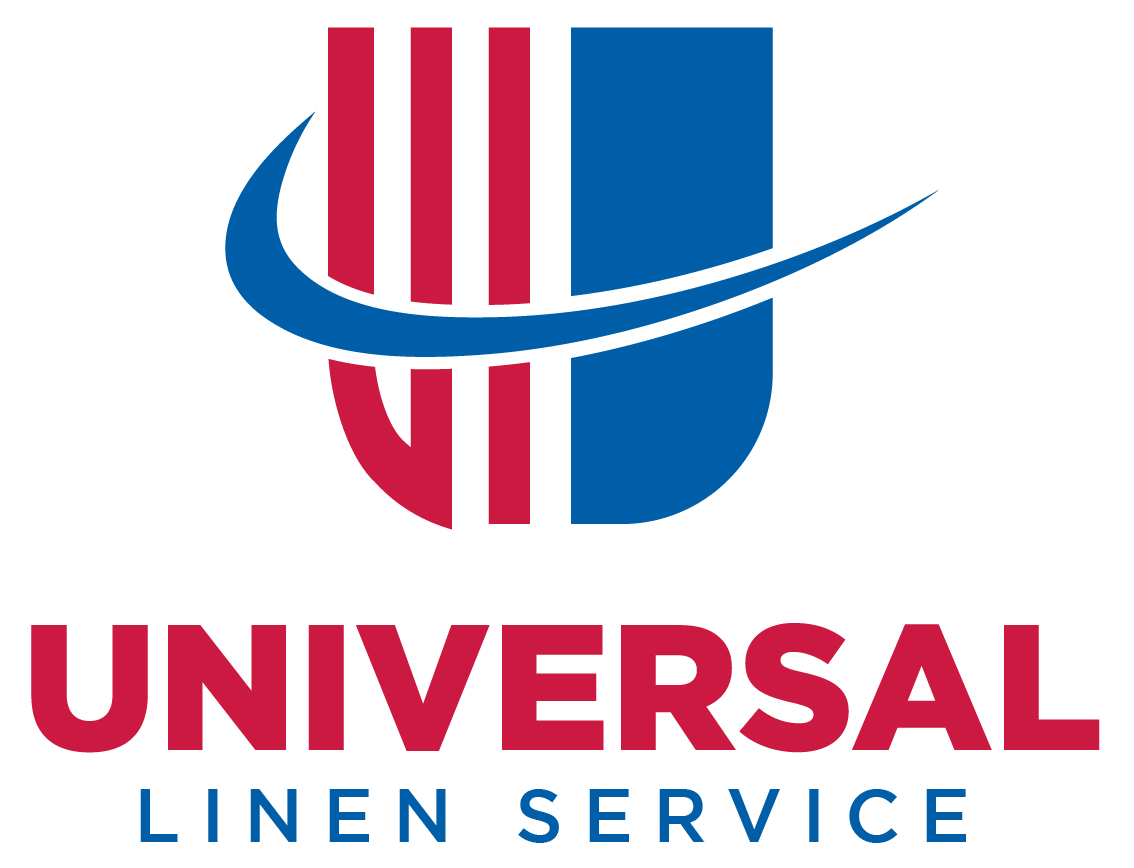Green Initiative
Universal Linen has led the charge in reusable product for the past 50 years. We have evolved from 100% cotton in the 1970’s to blends in the 1980’s and now to 100% man-made items. As we have transitioned our products so have we reduced the chemistry to clean the product, we are using less water to process and providing a better overall product to our customers. We were slow to enter the “Go Green” band wagon because we have been green for years. So what do we offer that is “Green”? Mats, mops, napkins, table linen, kitchen towels, aprons, bath towels, sheets, gowns, chef apparel, medical apparel and the list goes on. In addition we reuse our rinse water in the wash process and reclaim our heat to be better stewards and to be more efficient in our processing. We process linen in a high efficiency tunnel washer; we heat with steam generated through high efficiency boilers systems. All of our processes are geared around efficiency of processing, reduction of waste and with our customer’s needs in mind.
The phrase – Reduce, Reuse and Recycle means to reduce waste, reuse what you can and recycle what you can not. We help our operators accomplish this with the reuse of textiles. We offer microfiber as an option to traditional kitchen towels. The product has the ability to hold up to seven times its weight in water and is exceptional at absorbing grease, lint and dust particles. Microfiber simply cleans better and leaves no lint behind. For a restaurant operator the microfiber towel is ideal for front of the house operation, but it does not work well in the back of the house as it is not a good insulator and can not be used on hot surfaces.
You never get a second chance to make a first impression. In a restaurant or in your home, cloth napkins have an appearance of luxury. Just think of what your guests will say when you have real linens out for your next dinner party. Carry-out pizza or grilled steaks, it all looks better with cloth. But are real linens a luxury or a smart and simple way to reduce our carbon footprint?
 Most of us use paper napkins at home because it is inexpensive and accessible. But is it really inexpensive? My own experience with paper and cloth made me question that common belief. In 2008 we lost our curbside recycling, which resulted in more garbage. My family still tried to take as much as we could to the local recycling center, but on average our family of four was filling two 94 gallon garbage containers weekly.
Most of us use paper napkins at home because it is inexpensive and accessible. But is it really inexpensive? My own experience with paper and cloth made me question that common belief. In 2008 we lost our curbside recycling, which resulted in more garbage. My family still tried to take as much as we could to the local recycling center, but on average our family of four was filling two 94 gallon garbage containers weekly.
In 2009 curbside recycling returned and we went from two 94 gallon containers to one. In May we started using cloth napkins. We cut from one 94 gallon container to half of one 68 gallon container per week!
According to an article by Jacqueline Lerche contributing writer to suite101.com, “Tossing out a napkin doesn’t seem all that harmful but consider that when paper breaks down it releases methane gas. Methane is a greenhouse gas and, according to the U.S. Environmental Protection Agency, can remain in the atmosphere for up to fifteen years. Most paper napkins are also bleached which means chlorine gas seepage as well. Considering the millions of paper napkins that wind up at the landfill every day, these gases contribute to decreasing air quality and declining environmental health.”
We did not see any increase in water usage or electricity in washing our own napkins. We reduced the amount of garbage we were sending to the land fill and our dining experience is more luxurious. According to Forbes.com one third of all municipal waste is from paper products. 90% of the energy used to run a washing machine is in the heating of the water so be sure to wash a full load, use cold water and when possible air dry.
Everyone can make a difference! If we all just take small steps we can create big impact for our homes, community and our world. It all starts with you. Why not upgrade to linen napkins to get started? If you eat out more often than you eat in, suggest to your local restaurants that they use linen napkins. The average consumer will use a minimum of two paper napkins at a restaurant. For the same cost of two paper napkins a restaurant can rent a luxurious environmentally friendly napkin in a multitude of colors. It all starts with awareness.
Universal continue to strive to add products and services that are environmentally friendly and add “green” benefits for our customers.
About Universal Linen

